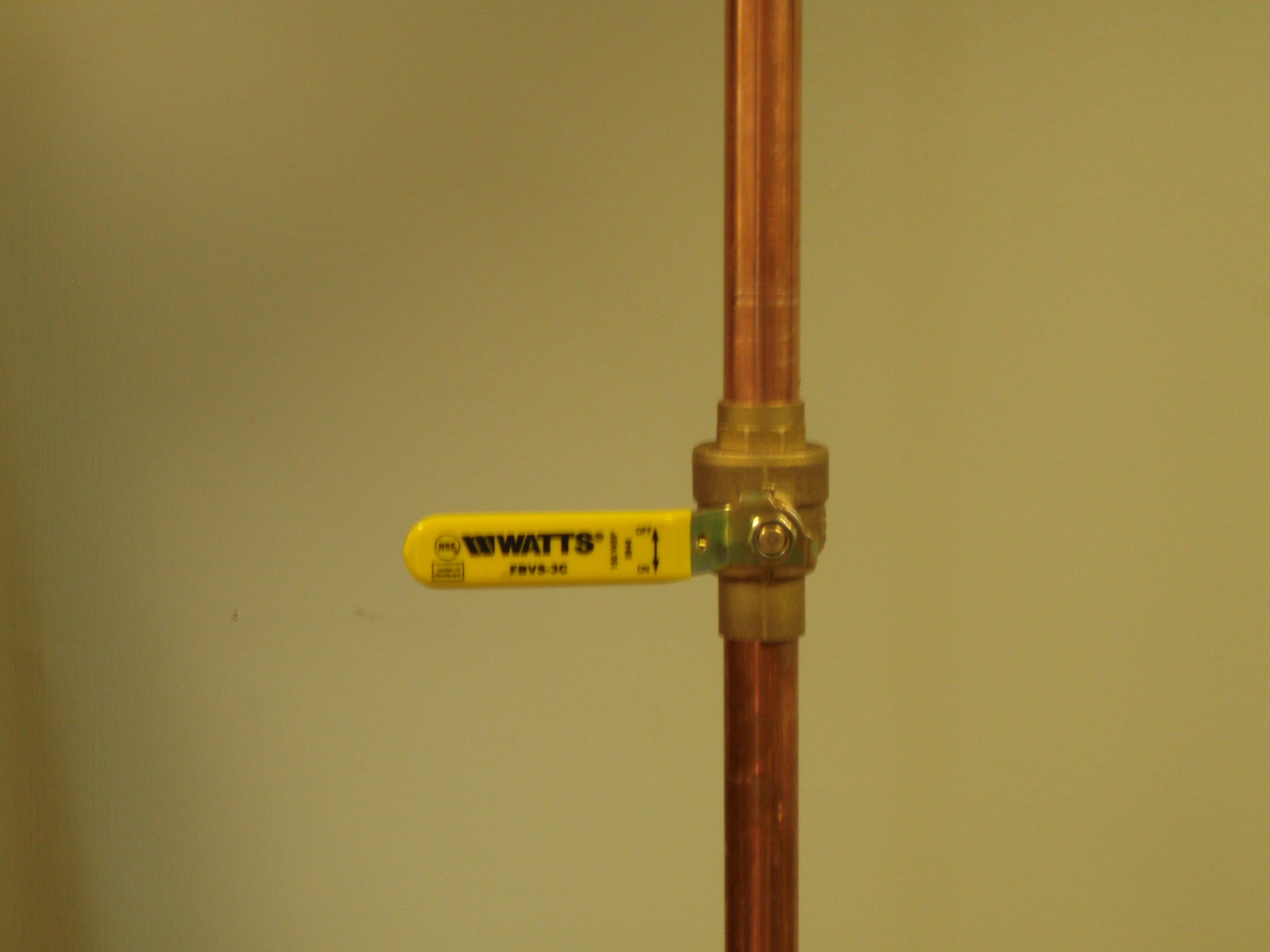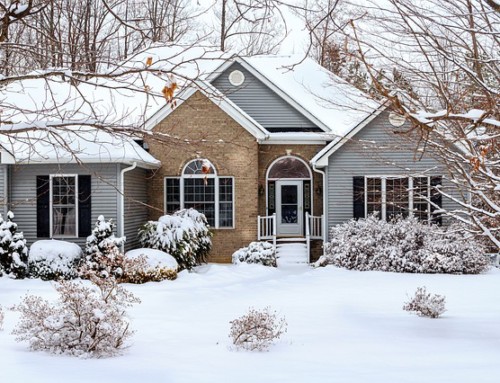Most homes today follow strict building codes with safety as a priority. Do you know how to turn off plumbing, electrical, gas, heating in case of an emergency? Here are just a few ideas to prevent damage to your home and injury to you and your family.
Emergency Check list:
- The location of your main water shut off valve. Most people I do work for do not know the location of this very important shut off valve. This is the valve that is on your main water pipe as it enters the home. Many times, it is in some obscure location such as basement, garage, closet, or ceiling. It’s a good idea to know where it is and test it to make sure it actually works. If the valve is many years old it may not work 100% and you may not be able to shut the water off. If it is an old valve I would recommend that it be replaced with a heavy-duty brass ball valve with a stainless-steel ball. A ball valve, some people call it a lever valve, is easy to operate and has a very positive shut off. Put a tag on it to help identify it and show every one in the house the location and valve. Also, keep your plumber’s phone # handy in case of emergency.
- The location of the gas meter and gas main shut off valve. Just like the main shut off valve to the water service it’s a good idea to know the location of this very important valve and in case of emergency be ready to close. Have you ever tried closing? Do you keep emergency # accessible in case of emergency or if you smell gas and need to call? Put a tag on it to identify so that no one closes it by mistake.

- Know where your electrical panel is located along with sub-panels. Learn how to turn properly turn circuit breaker on and off. It’s a good idea to label each circuit breaker that corresponds to each area of the home and or appliance. Have a Licensed Electrical contractor phone # handy just in case.
- Truly understand and know how to use your generator whether it is built in or portable. There are several steps that you must follow to insure it is working properly and safely. If you have not used in a while it’s a good idea to practice using and test its functionally. Gas can go bad in a portable generator so keep it fresh. It’s a bad idea to wait until there is 18” of snow on the ground and the temperature is 18 degrees!
- Know the location of your furnace or boiler switch! Every heating system in every home has a dedicated on/off switch. Usually it is a red color with a red switch plate and at top of basement stairs or outside the furnace room. Know the number of your Heating company and have them tune up your system at least once a year especially before the winter.
- List of emergencies phone #’s. This would include police, fire, ambulance, close relatives, close friends, plumber, electrician, heating, etc. it’s a good idea to put this list in several locations for easy fast reference.
The steps to keeping your home safe and secure are easy to follow and not expensive compared to not being prepared and preventing potential catastrophes. The steps listed above are just a few of the basics and I will prepare additional ideas you can follow and post in the coming weeks. If you have any questions or comments then please contact me at irrigationspecialist@rainrich.com.





